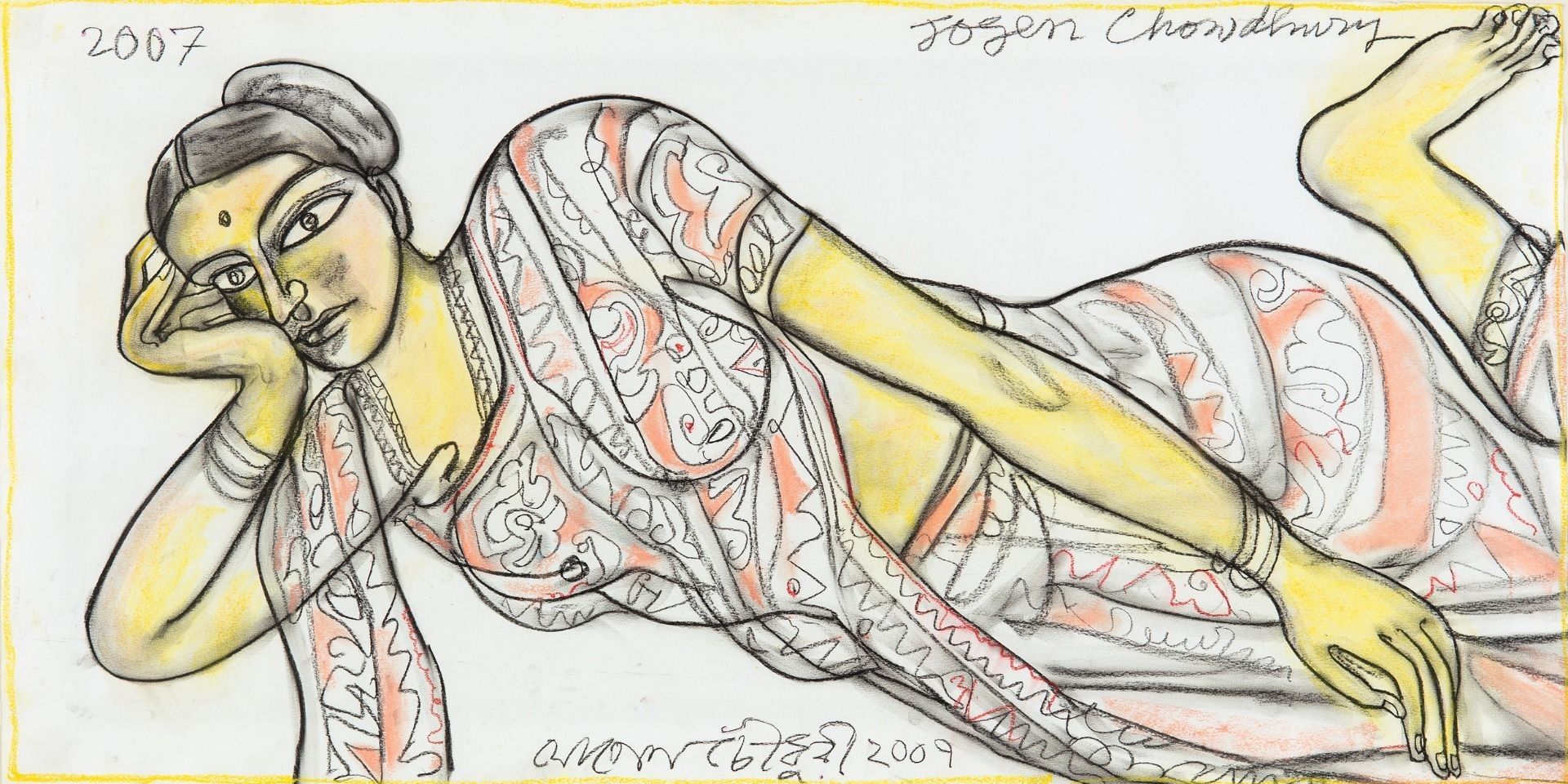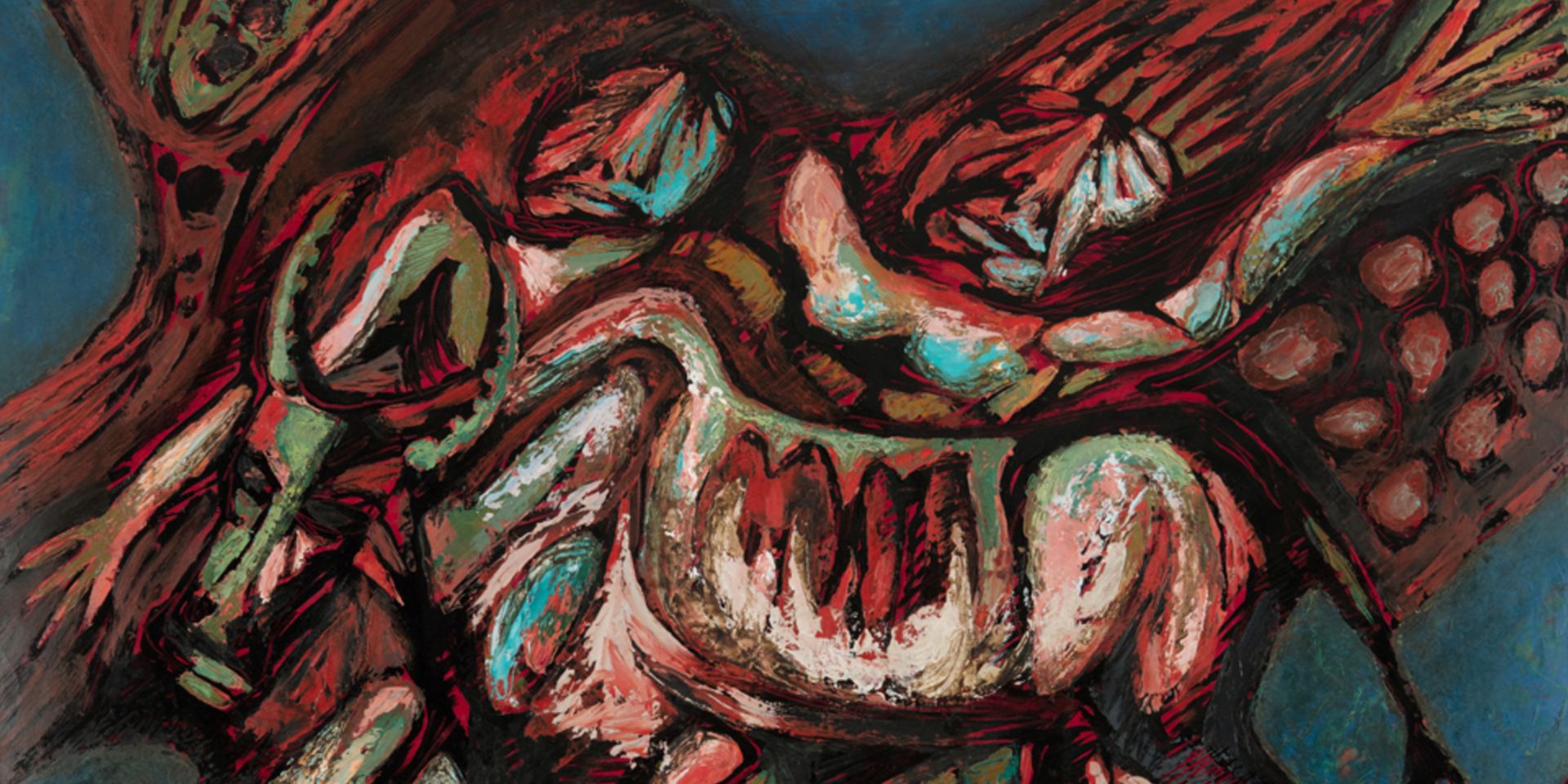DAG brings Indian Modern Art to Singapore
DAG brings Indian Modern Art to Singapore
DAG brings Indian Modern Art to Singapore

Priya Mudgal is Vice President OF DAG’s Art Advisory team. As a representative in the various art fairs that DAG participates in, her work involves mapping this evolving landscape, while envisioning DAG’s creative interventions within it—especially in the fields of modern and contemporary art. She spoke with the editors of the DAG Journal about her experience at the recently concluded art fair at Singapore, Art SG.
Q. How did the Art SG come about? And what significance do you think
Singapore holds for the dissemination of modern art today?
Priya Mudgal: Art SG is an international art fair jointly organised by Tim Etchells, Sandy Angus and Magnus Renfrew. The inaugural fair was originally planned for 2019, but due to unforeseen circumstances in the Singapore art market landscape and the collapse of Singapore’s previous fair, Art Stage, Art SG was never
launched. Subsequently, due to Covid-19 restrictions and a global downturn
in events, the fair was further postponed, and it was not until January 2023
that Art SG held its inaugural fair at the renowned Marina Bay Sands Expo
and Convention Center. Art SG 2024 marked the second edition of the fair
and DAG’s first participation in it.
Singapore, a cultural melting point, has emerged as one of the most
prominent players in the modern and contemporary art scene after Hong Kong. One of the
main reasons for this is Singapore’s strategic location, political stability,
economic prosperity, and supportive government policies for the arts sector.
Initiatives like The National Arts Council funding emerging artists and their
studios; as well as the development arts hubs like Gillman Barracks, have
contributed to a thriving arts sector and elevate Singapore’s significance in
the dissemination of art today. The National Arts Council
(NAC) also provides funding and resources to artists and arts groups to
enhance their practices and reach new audiences. Additionally, The National
Gallery Singapore is home to the world’s largest public collection of
Southeast Asian modern art.
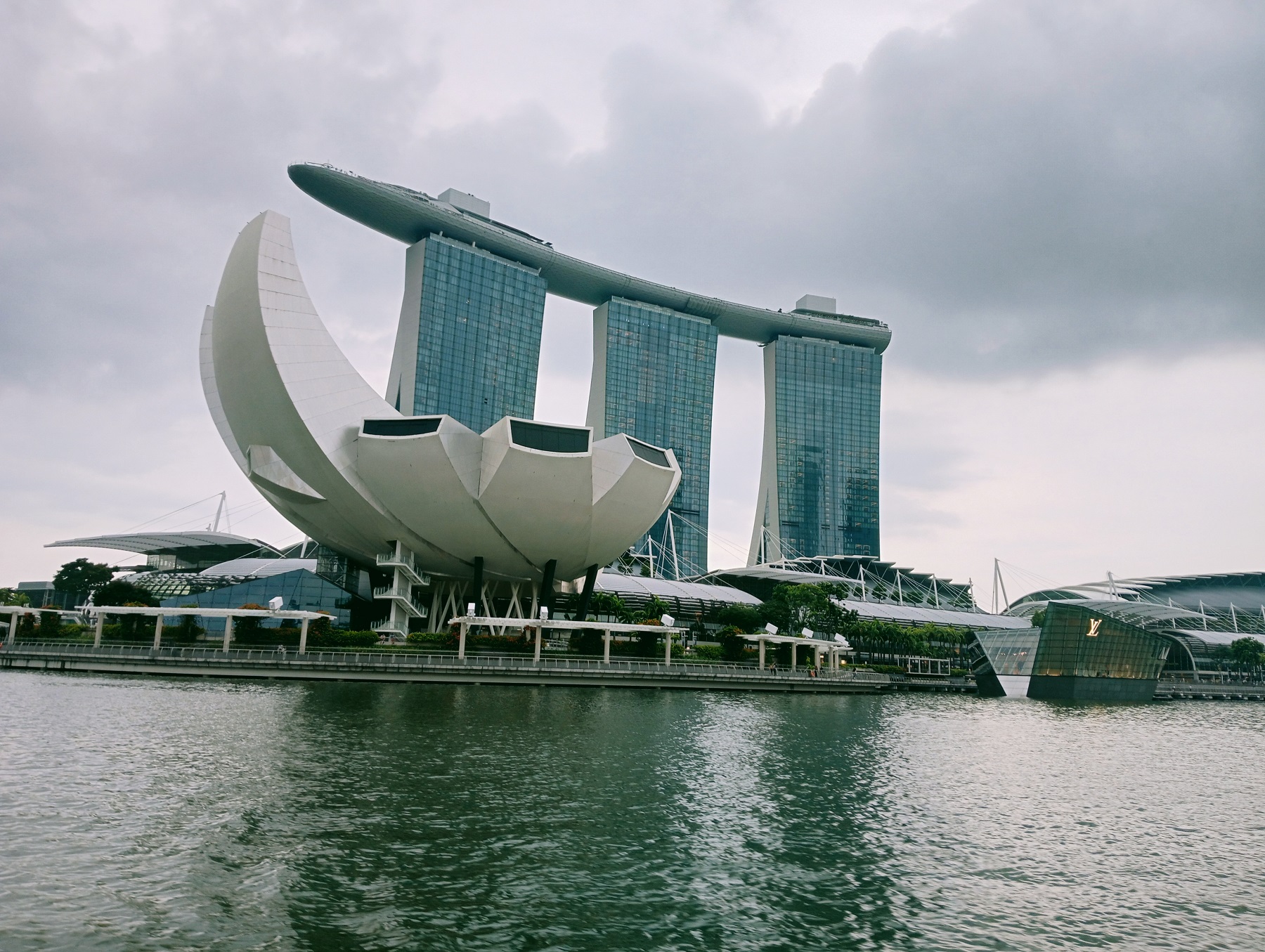
|
Marina Bay Sands, Singapore. Image courtesy: Wikimedia Commons |
Q. What are the avenues being opened up by Indian and South Asian Art’s engagement with Southeast Asian regions—in terms of curating, collecting and popular themes? Do you see these regions opening up to East Asian spheres of influence as well?
Priya: In the last decade, engagement with Indian and Southeast Asian artists have undergone a transformation. The interactions between Southeast Asian regions have not only enriched cultural dialogues but also influenced the global art market and its artistic practices. One of the main trends that I have observed is the changes in collecting patterns among collectors. Private collectors are showing a much greater interest in artworks that reflect cross-cultural exchanges between South Asian and Southeast Asian regions. Additionally, contemporary artists who engage with Southeast Asian themes are gaining more attention in the art market, leading to a diversification in private collectors, collections, and their collecting patterns.
Another reason for this transformation is the curatorial practice being adopted, which emphasises increasing collaborations between exhibitions and projects that explore histories, and cultural exchanges between South Asia and Southeast Asia. Curators are leaning towards thematic shows that delve into historical connections within artists’ works and interpretations.
Lastly, the various identities of artists, expressed through languages of migration or globalization, are becoming more relevant in their work. Common issues like environmental concerns are themes that artists are exploring more frequently.
And I would definitely say that it is opening up to broader East Asian spheres as well. In the last decade many art fairs such as Art SG, Art Stage Singapore, Art Fair Philippines, and Bangkok Art Biennale have featured artworks and artists from East Asian countries like China, Japan and South Korea. Prominent Chinese artists like Liu Wei, Ai Weiwei, Zhang Xiaogang and Zhang Huan, as well as Japanese artists like Yoshitomo Nara, Yayoi Kusama, and Takashi Murakami are widely featured in Southeast Asian fairs. The interesting aspect is that while these artists have a stronger collector base in the West, the Southeast Asian market is now focusing on East Asian artists, collectors and collaborations. This shift has led to the recent addition of international fairs like Frieze Seoul in this market.
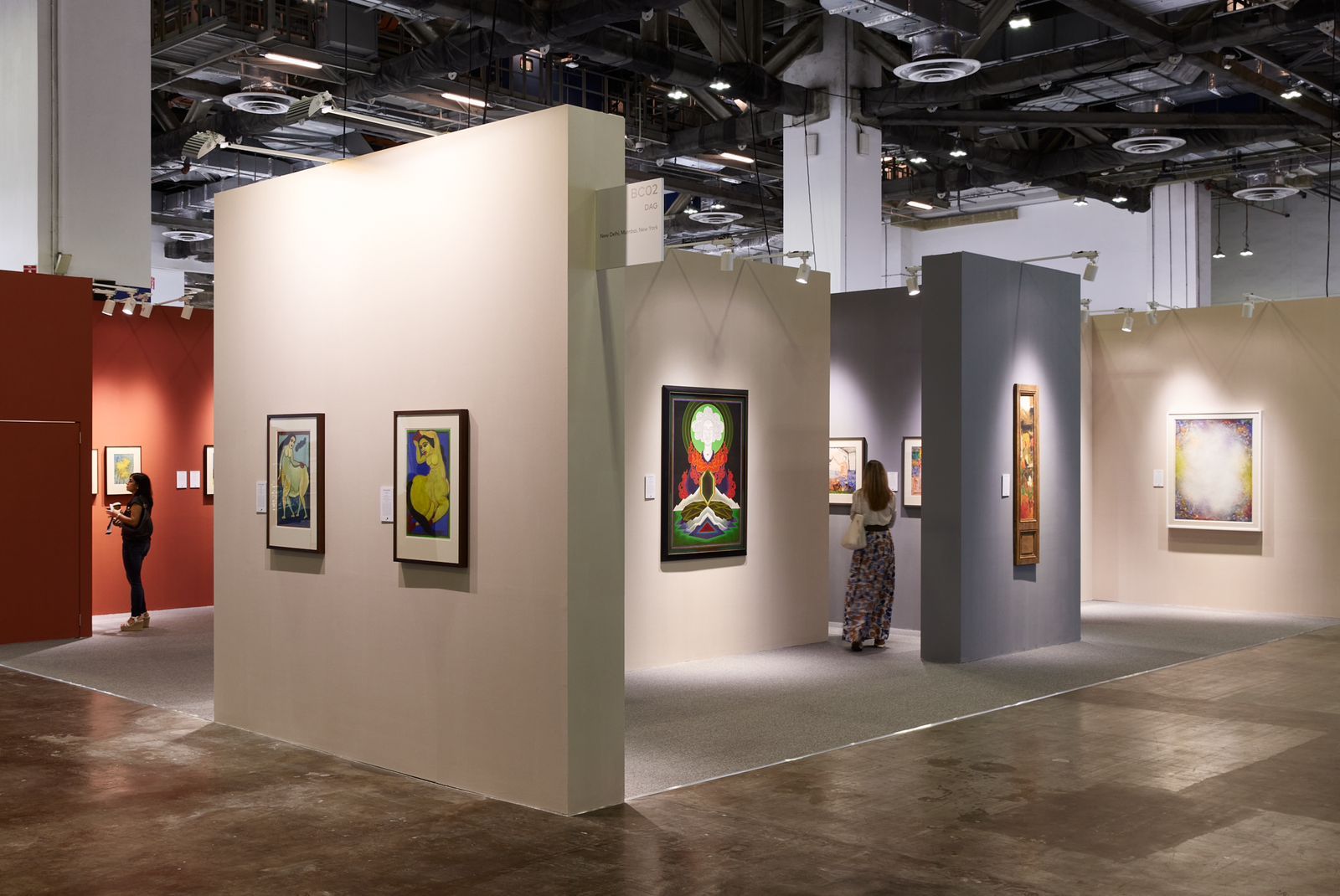
|
The DAG booth at at Art SG, 2024. |
Q. What are some Southeast Asian particulars, in terms of markets or locations, that
contribute to this discourse? For instance, we see the location of Dhaka or Kochi playing a major curatorial role in how those fairs or summits are organised.
Priya: I believe that both markets and location are crucial factors that play a
significant role in this discourse. For example, Singapore and Hong Kong
serve as major hubs for Southeast Asian art, playing a vital role in the buying
and selling of art within the region. Art Fairs such as Art SG, the smaller S. E. A
Focus fair, one of the biggest fairs like Art Basel Hong Kong, Jakarta Art Fair,
and Art Philippines all contribute to increasing awareness and appreciation
for the region’s art. Additionally, educational programs offered in the
Southeast Asian region for cross-cultural exchange, could also contribute to
this discourse. Today, Southeast Asia and Asian art plays a vital role in
positioning the arts market on a global platform and attract artists, curators,
art enthusiasts and art connoisseurs from within Asia and beyond.

|
Bireswar Sen, Thirsty Days, Watercolour on paper, 2.5 x 3.5 in. Collection: DAG |
Q. How do you see DAG’s collection of modern art contributing to this emergent
space? And what are the benefits for DAG in attending such a fair?
Priya: DAG has played a significant role in promoting Indian art and artists both within India and internationally. The institution, not just an art gallery, as most of us refer to it now, has a large pool of twentieth century Indian artists and artworks, telling the story of Indian art through iconic exhibitions, curated to provide art historical overviews and document India’s tryst with modernism. New generations of art lovers have been able to reclaim the inheritance of forgotten masters thanks to support from DAG through curations at its galleries, as well as participation in international art fairs and support for biennales and other art-related events and
collaborations. These include critical alliances with museums and cultural
institutions in India and abroad.
Attending fairs like Art SG is beneficial for both the gallery and the fair. The
participation allows DAG to showcase its wide range of collections to an
international and diverse audience. This eventually leads to increased
visibility and recognition within the global art scene, as well as multiple
opportunities to network with collectors, art connoisseurs and other art
professionals on one hand, and opportunities leading to collaborations and
partnerships on the other hand. Art fairs also provide an opportunity to
understand the market trends of the region and stay abreast of current trends
and developments, thus enabling the gallery to make informed decisions about its
future programming.
I also think that Indian modern and contemporary art have experienced significant growth thanks to galleries like DAG, and international auction houses that represent Indian artists on a global platform. This recognition has not only impacted their position in the Southeast Asian market but also in the global art market. This growing reputation has made Indian art increasingly appealing to Southeast Asian art fairs seeking to showcase diverse and high quality artworks.
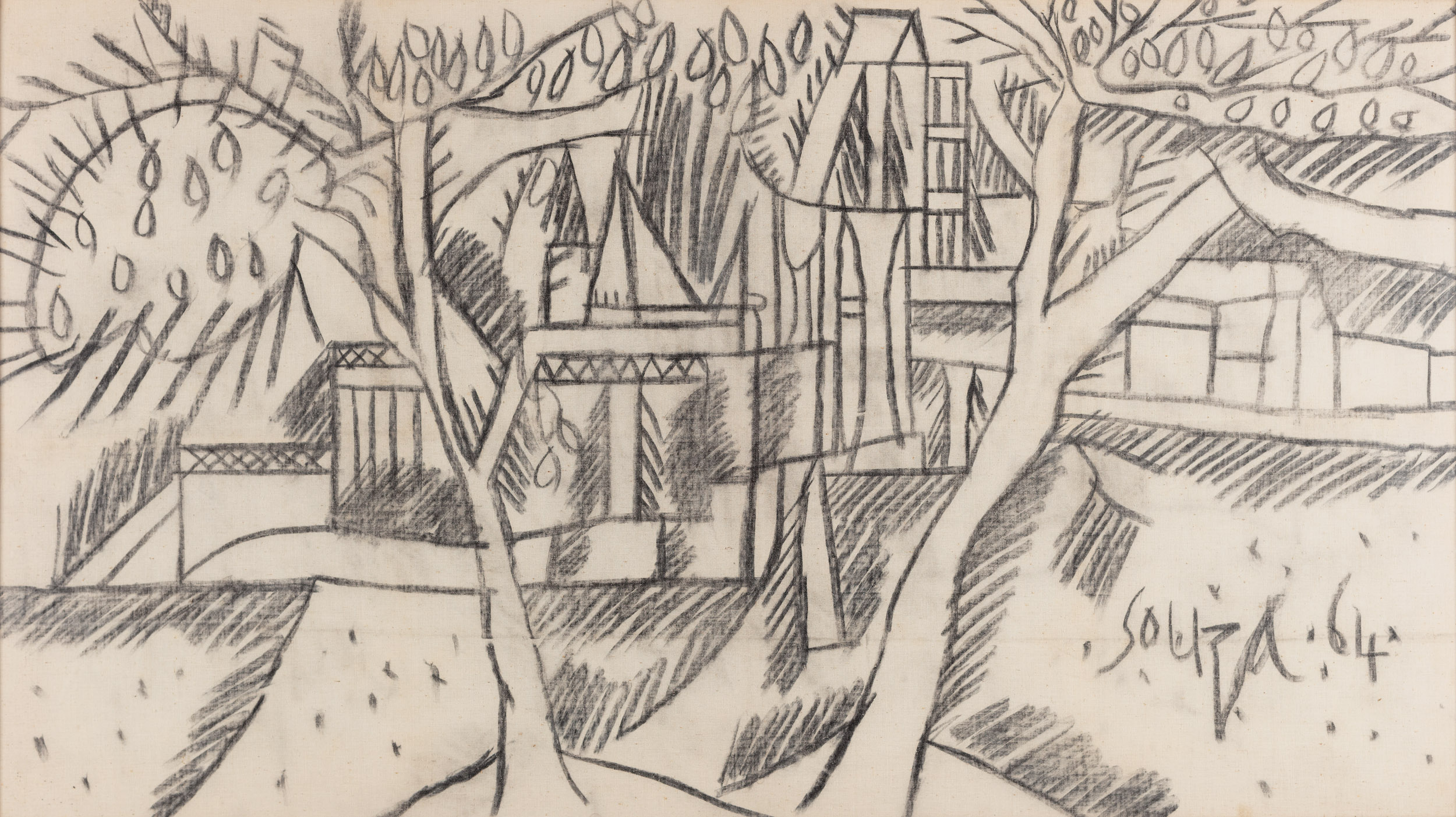
F. N. Souza, Untitled, Charcoal on fabric, 20.0 x 35.5 in. Collection: DAG
Q. In the wake of critical ideas about decolonization, repatriation of art and
provincializing the influence of Europe (or the west), is it possible to think of
these South and Southeast Asian fairs as future spaces for global influence in
the art market—in terms of sales, artistic agendas, and curatorial
programmes?
Priya: As we have seen in the recent past, particularly after the effects of the Covid-19 pandemic, the impact of South and Southeast Asian art fairs on the global art market has been extremely high. The region has been gaining increased
recognition and importance in the international art scene with the growing
number of institutions like M+ Museum in Hong Kong, collaborations
between artists and their galleries, an increased number of private collectors
and connoisseurs, and the launches of new art fairs like Frieze Seoul and Art
SG within the last two years. These new critical discourses that you mention have sparked a conversation around traditional power dynamics in the art world. These
conversations also provide an opportunity for South and Southeast Asian art
fairs to emerge as key players in shaping the strategies around private
collections and curatorial agendas on a global scale. The region has a rich
cultural heritage and diverse artistic practices that are unique and visible to a
larger audience, not limited to its geographical boundaries. Art movements and emerging talents offer a unique perspective to the global art market influencing a larger audience and simultaneously increasing its collector base.
I feel a strong urge in the growing interest towards non-Western art forms and narratives that have impacted this trend, in the last decade. In terms of sales,
South and Southeast Asian art fairs have an edge to attract new young
buyers who are looking for fresh perspectives and innovative works outside
the traditional Western canon. These buyers are specifically emerging from
markets such as Taipei, South Korea, Japan, India, Indonesia, and the
Philippines. If these art fairs can sustain themselves with their strength
of strategic locations and economic growth, powered by the quality of artists
and their works, reaching out to a new younger collector base; collaborating
with institutions and museums, impacting the local art scene in a positive
way; then I am sure that Asia will be the next biggest market for the global art
world.

|
The DAG booth at at Art SG, 2024. |

|
Laxman Pai, Untitled, Gouache and waterproof ink on paper, 19.5 x 12.5 in. Collection: DAG |
related articles

Conversations with friends
The Making of the Dhaka Art Summit: Behind the scenes with the Curator
February 01, 2023
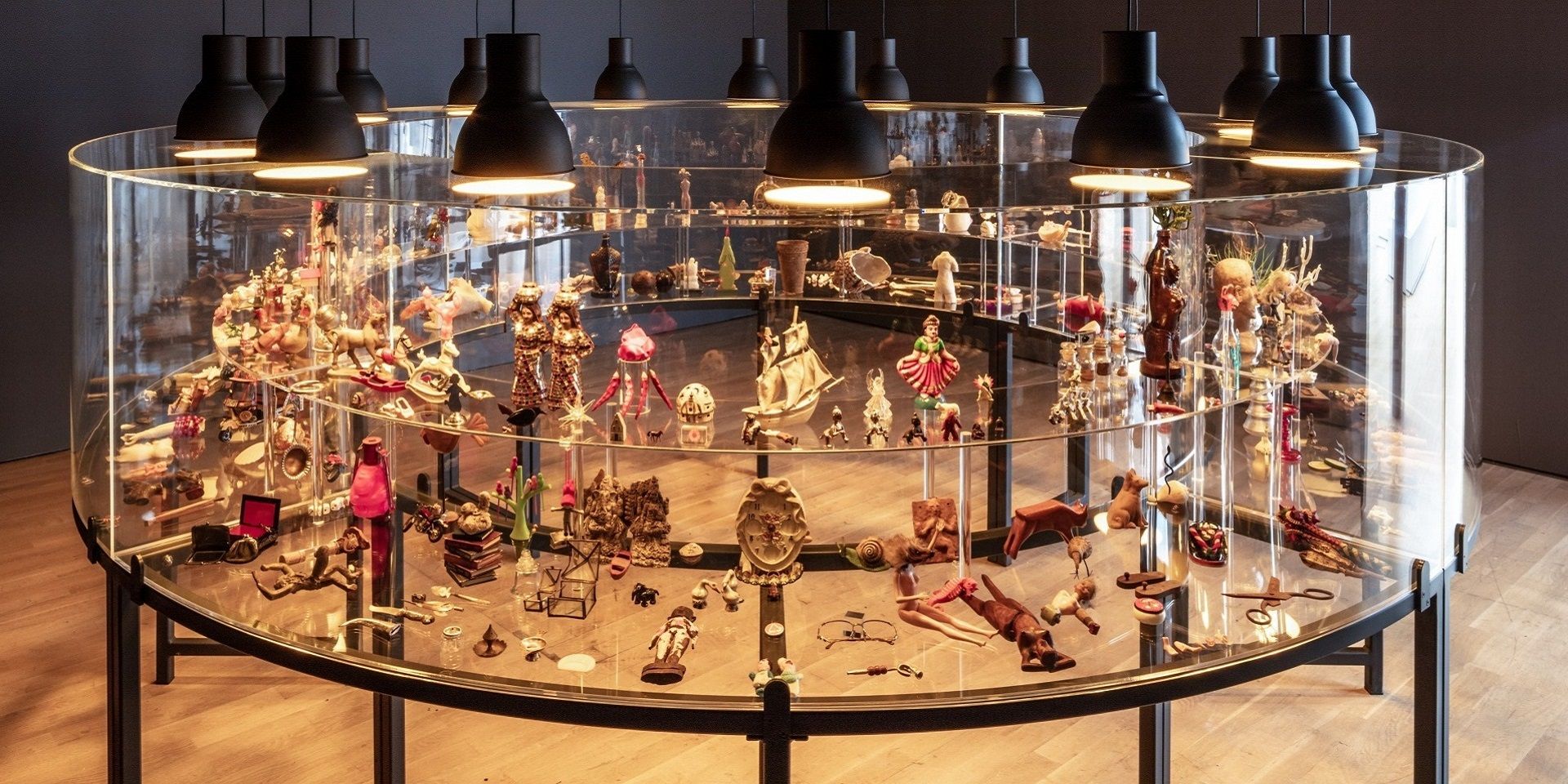
Conversations with Friends
Conscious Collecting with Asia Art Archive and Durjoy Rahman
Editorial Team
March 01, 2023

Conversations with Friends
Mysteries of Indian Art: A Conversation with Mamta Nainy
The Editorial Team
May 01, 2023
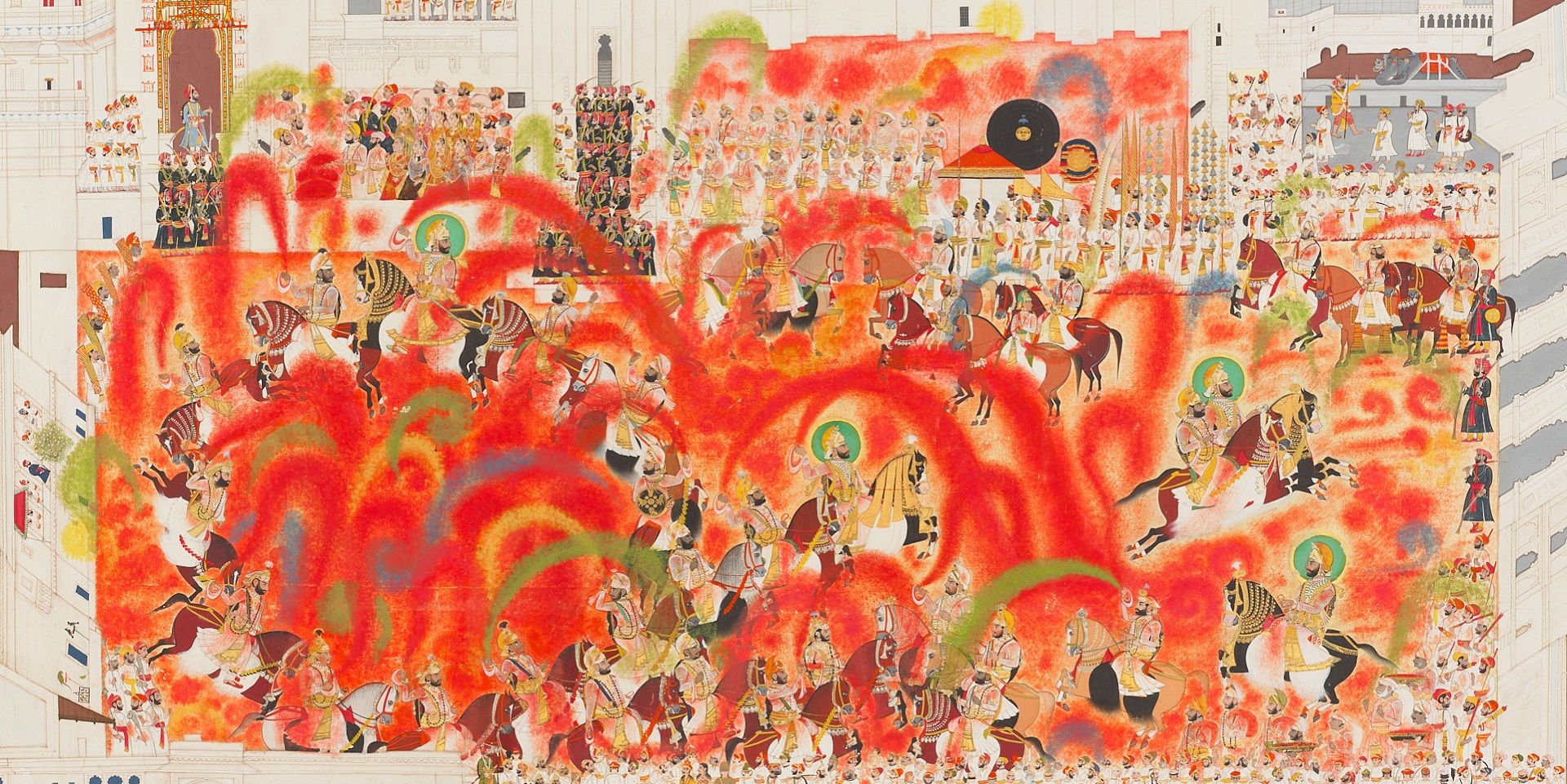
Conversations with Friends
Debra Diamond on Royal Udaipur painting at the Smithsonian
Ankan Kazi
June 01, 2023

Conversations with Friends
Imaging Water: A Conversation with the Smithsonian's Carol Huh
Ankan Kazi
July 01, 2023

Conversations with Friends
Debating secularism in South Asian Art with Tapati Guha-Thakurta
The Editorial Team
August 01, 2023

Conversations with Friends
Remembering Ambadas with art critic Prayag Shukla
Ankan Kazi
August 01, 2023
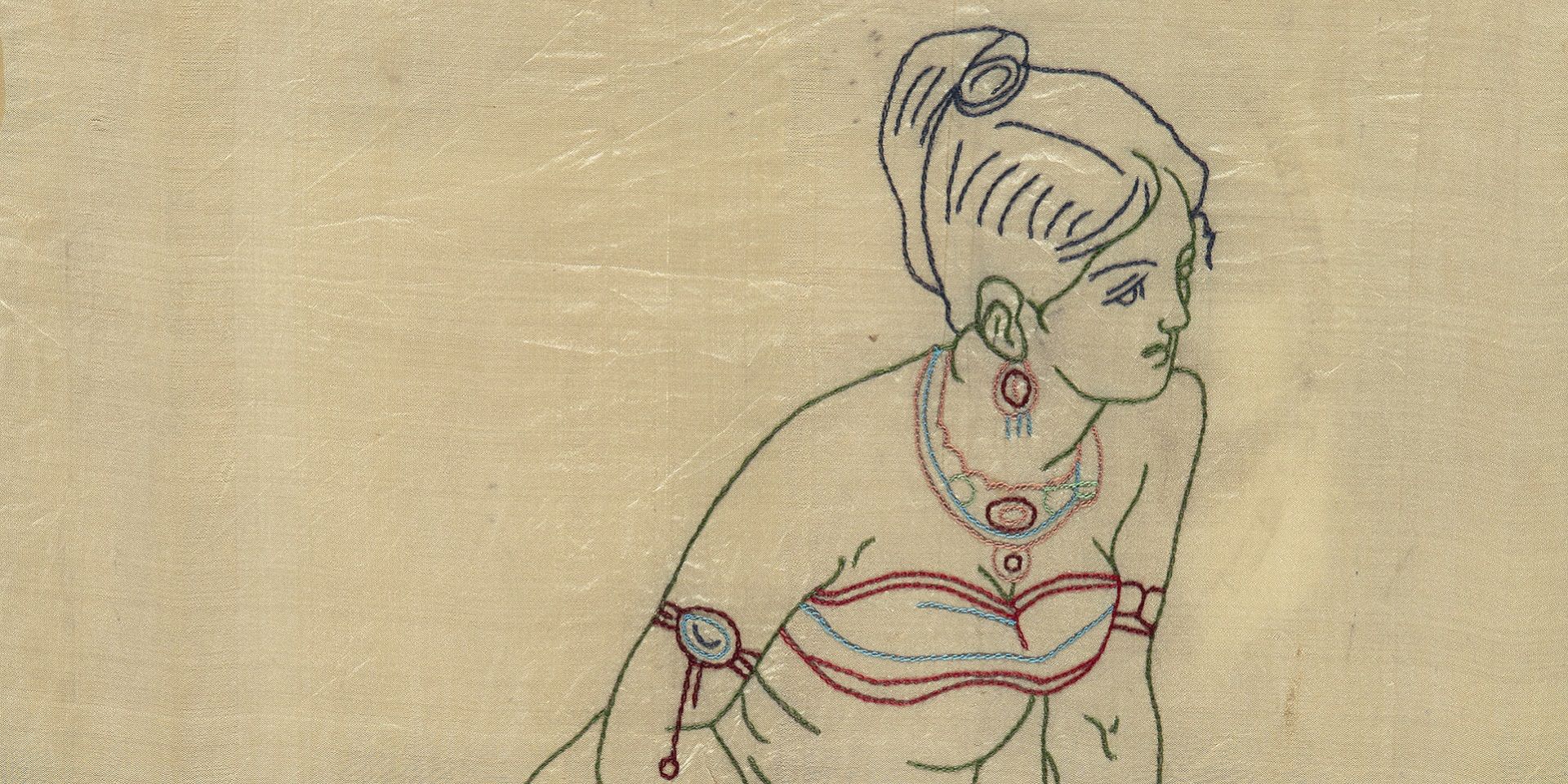
Conversations with Friends
Discovering the lives of Bengal's women artists with Soma Sen
Ayana Bhattacharya
September 01, 2023
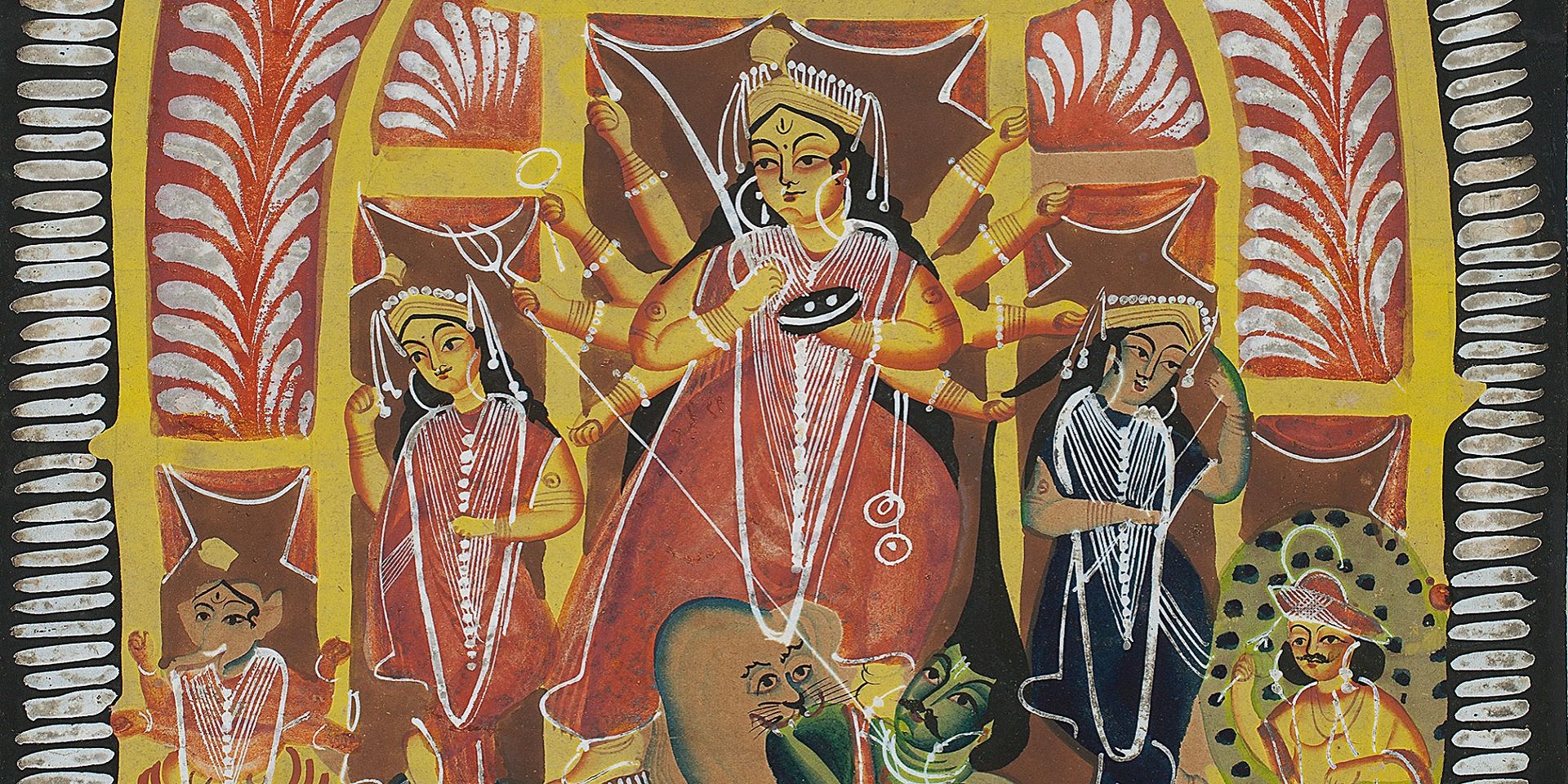
Conversations with Friends
Debating secularism in South Asian Art with Dr. Guha-Thakurta II
The Editorial Team
September 01, 2023

Conversations with Friends
Becoming New Delhi: A Conversation with Swapna Liddle
Ankan Kazi
October 01, 2023
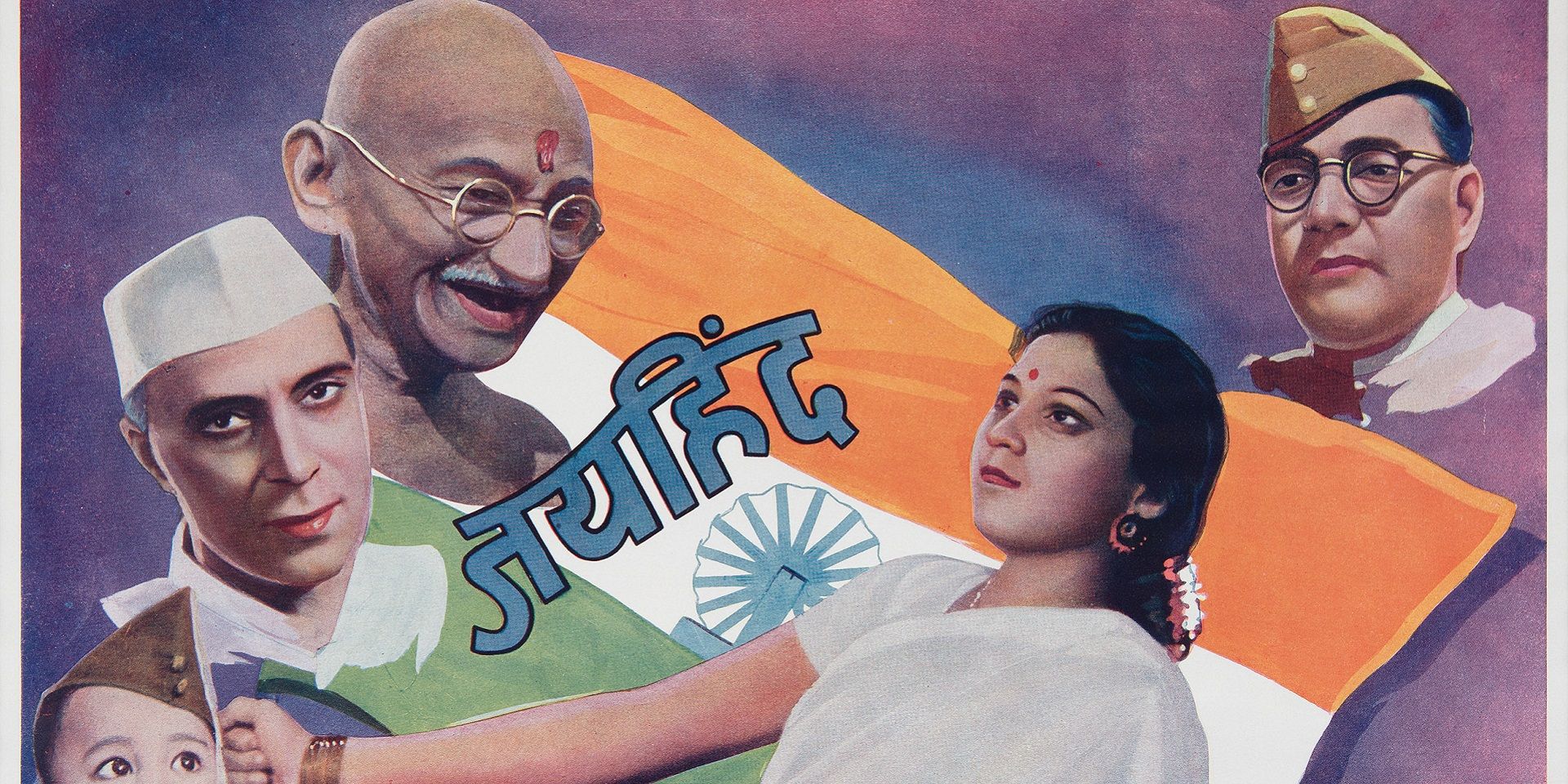
Conversations with Friends
Visualising the Freedom Struggle: A conversation with Vinay Lal
Ankan Kazi
November 01, 2023
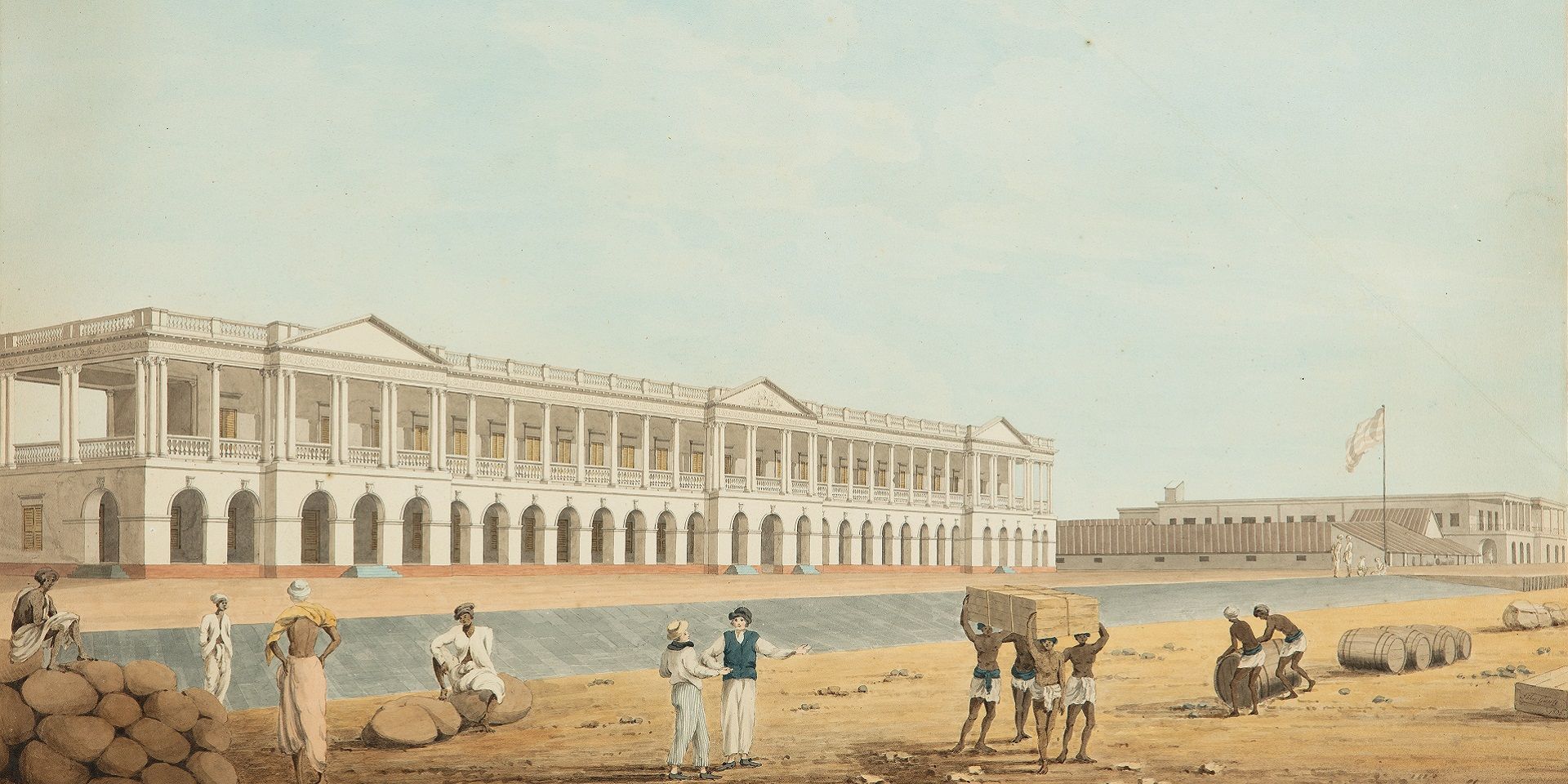
Conversations with Friends
Building an Empire: A Conversation with Rosie Llewellyn-Jones
Ankan Kazi and Giles Tillotson
December 01, 2023
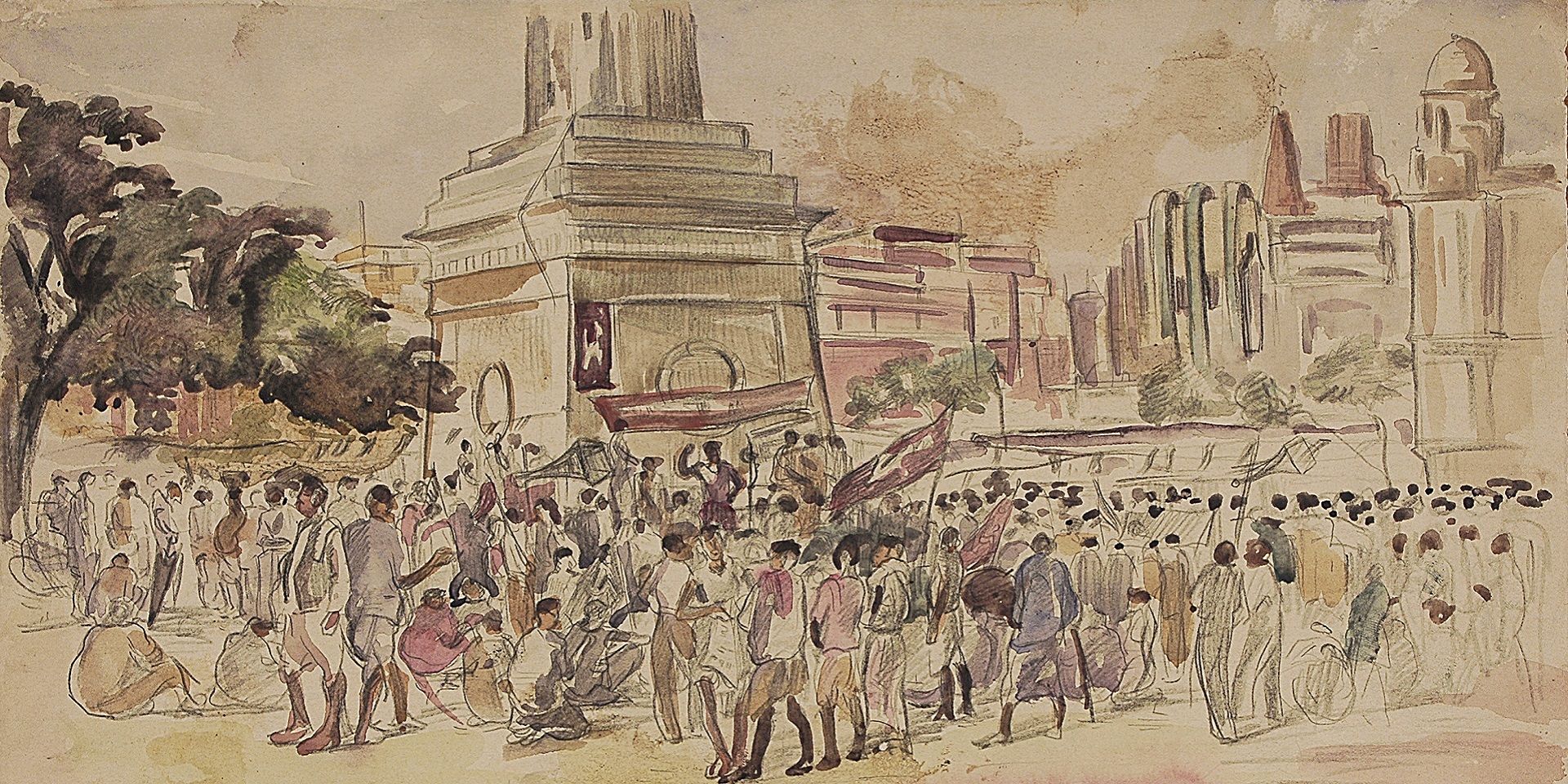
Conversations with Friends
Designing Calcutta: Navigating the city with architectural historian Swati Chattopadhyay
Shreeja Sen and Vinayak Bose
December 01, 2023
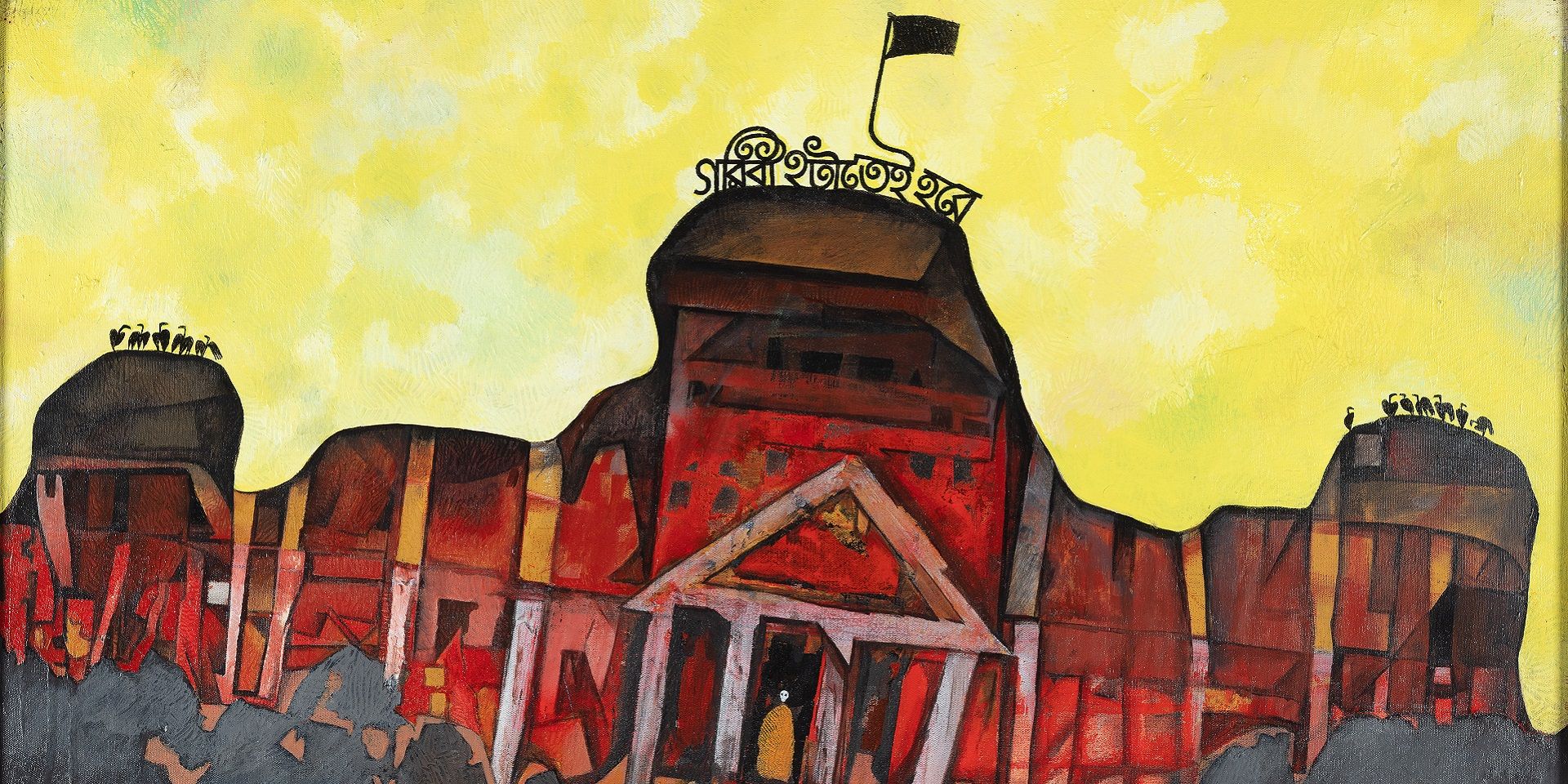
Conversations with Friends
Unarchiving the City: A Conversation with Swati Chattopadhyay
Shreeja Sen and Vinayak Bose
January 01, 2024
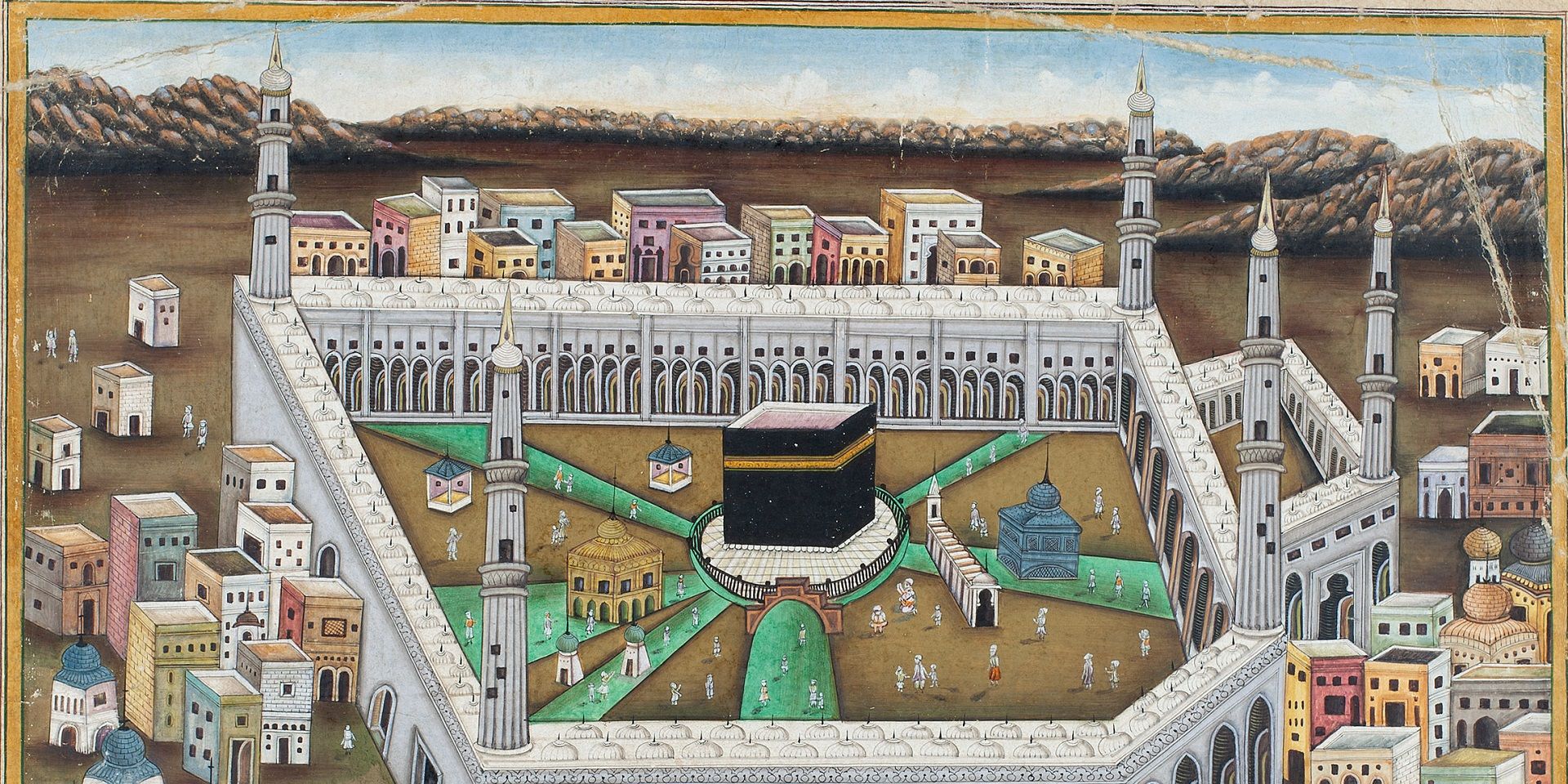
Conversations with Friends
Partition and Popular Art: A Conversation with Yousuf Saeed
Ankan Kazi
January 01, 2024

Conversations with Friends
Singing to Kali: A Conversation with Rachel F. McDermott
Ankan Kazi
February 01, 2024
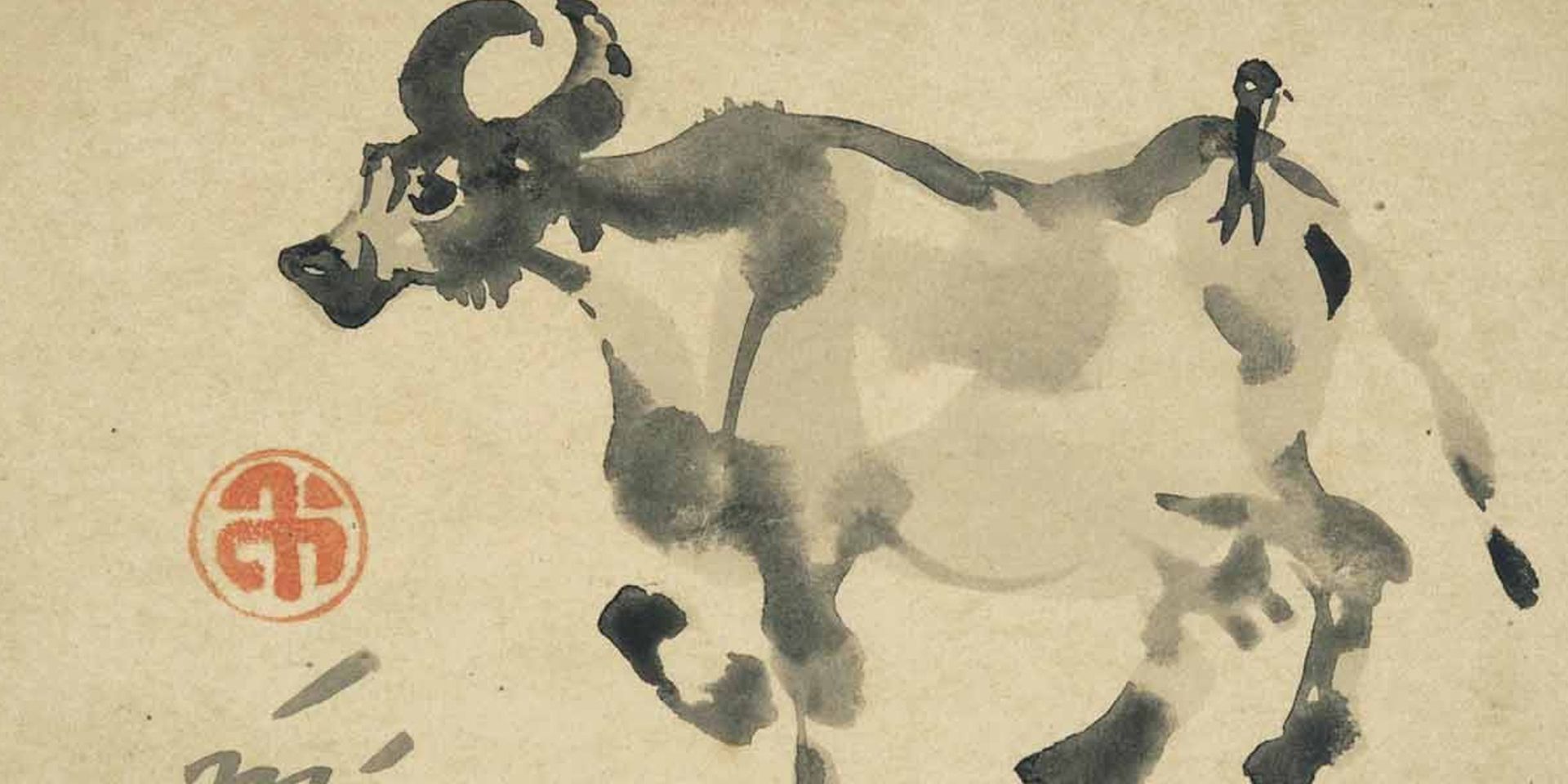
Conversations with Friends
The Asian Moment: A Conversation with Sugata Bose
Ankan Kazi
May 01, 2024
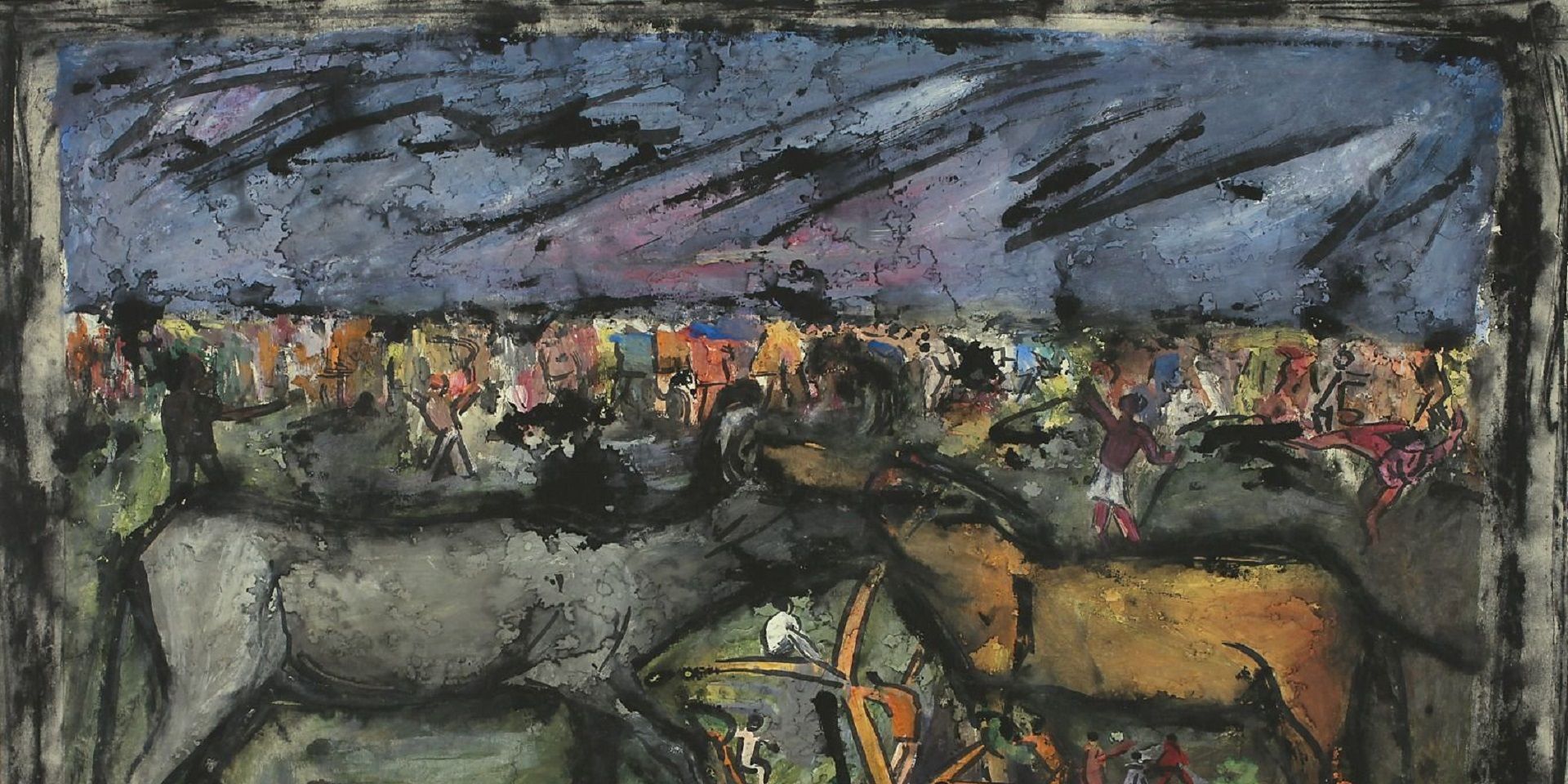
Conversations with Friends
Rudi von Leyden's Indian Art Adventures: With Reema Desai Gehi
Ankan Kazi
June 01, 2024

Conversations with Friends
Objects and the Museum: A Conversation with Sudeshna Guha
Ankan Kazi
July 01, 2024
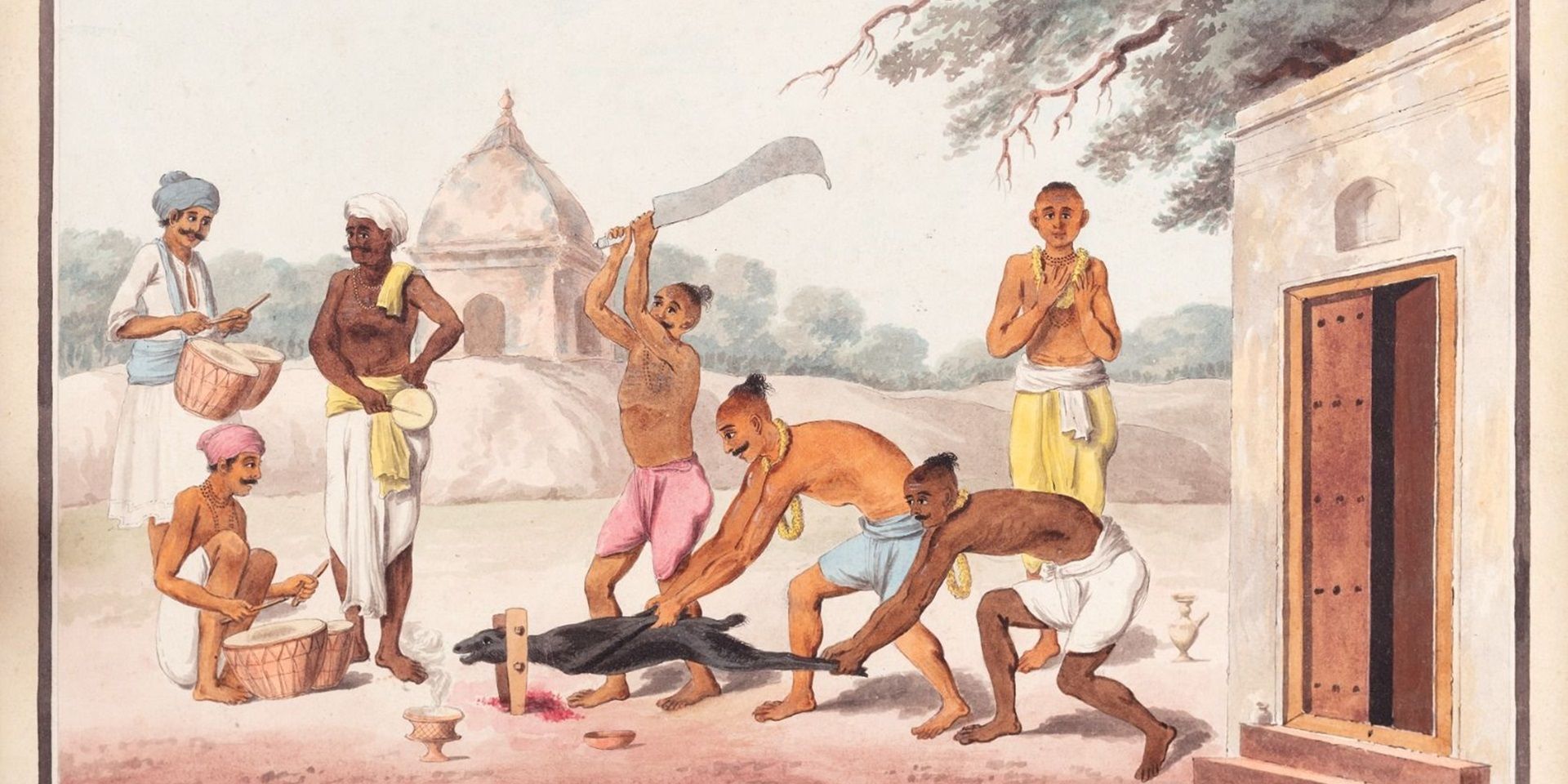
Conversations with Friends
Art of the Graft: A Conversation with Holly Shaffer
Ankan Kazi and Bhagyashri Dange
June 01, 2025

Conversations with Friends
Anita Vachharajani on Writing about Art for Children
Ankan Kazi
June 01, 2025





